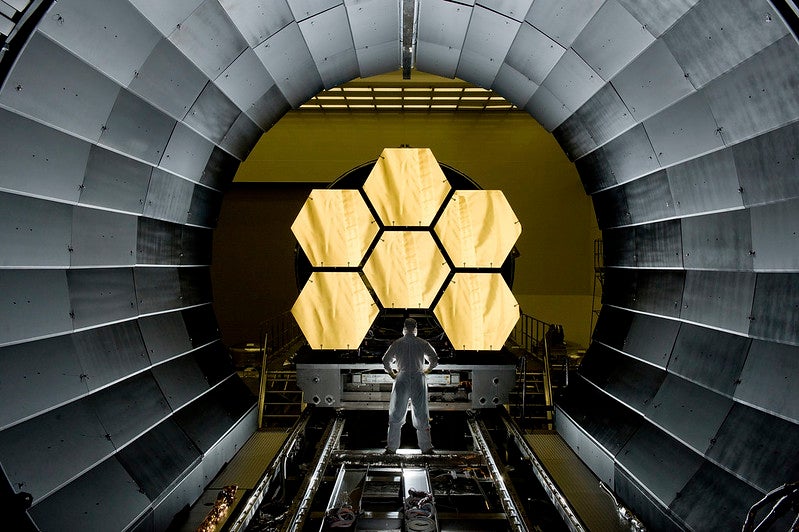UCF physics graduate student Olga Harrington Pinto counted down the minutes until today. She is one of eight UCF researchers and one alumna who will be using the world’s mightiest space telescope — the James Webb Space Telescope.

This morning, the telescope’s first full-color images and spectroscopic data were released during a televised broadcast from NASA’s Goddard Space Flight Center in Greenbelt, Maryland. The telescope, which was launched Christmas Day last year, has been more than two decades in the making. Scientists from around the world will be using its advanced instrumentation to find new galaxies, explore the formation of stars, and give us unprecedented data about the physical and chemical properties of planetary systems, including our own.
“It’s super exciting,” Harrington Pinto says. “I know the delay wasn’t great, but it allowed me the opportunity to be part of a team that’s actually going to use data from the JWST to do research. We expect data this month, so … it is just an amazing opportunity for me as a graduate student to be able to work on this.”
More than 1,100 proposals from 44 countries vied for time on the telescope during its first year of operations. A total of 286 proposals were selected which account for 6,031 hours. Altogether UCF scientists and alum will be spending more than 100 hours using the telescope in 2022-2023.
Here’s a sampling of some of the projects UCF is working on.
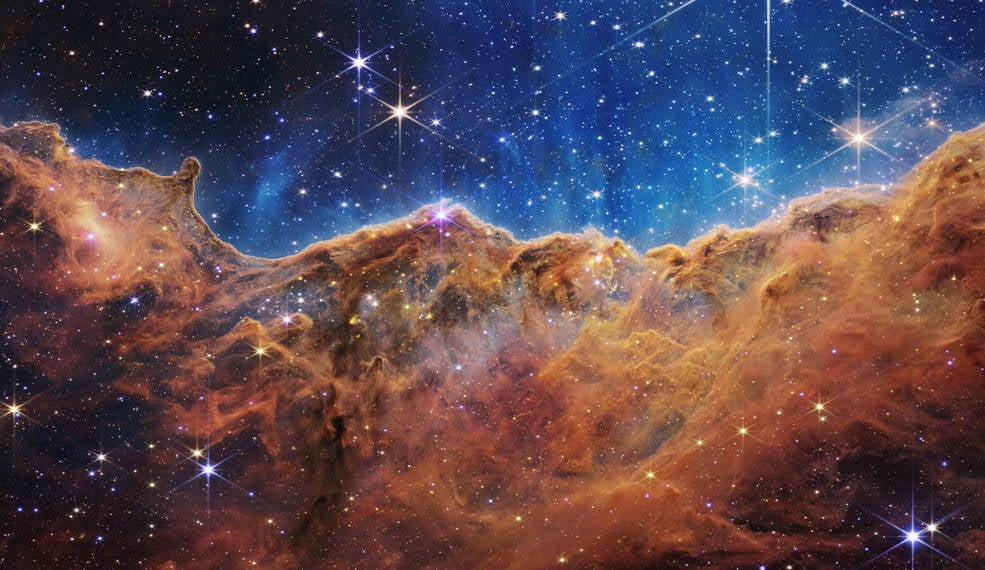
If it Walks Like an Asteroid, but Quacks Like a Comet…
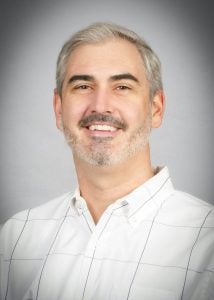
Harrington Pinto is part of the team that will be looking at objects known as Centaurs that live beyond Jupiter. These objects appear to be asteroids, but act a bit like comets, presenting quite a mystery. Adam McKay from NASA Goddard Space Flight Center and American University is leading the team that includes UCF Professor of Physics Yan Fernandez and Florida Space Institute (FSI) assistant scientist Charles Schambeau. Toward the end of this month, they will be looking at Centaur 39P/Oterma and later this year they will use additional time to look at other centaurs.
“My role is helping to make sure we know where to tell JWST to point so that we’re actually ‘looking’ at the right object,” Schambeau says. “Many of our targets haven’t been seen for many years. We need to verify that their orbits can be well characterized so we can be sure the telescope finds them quickly and we can get our data.”
Schambeau has been leading a ground-based observation program for the past two years at the Gemini Observatory’s twin 8-meter telescopes in Hawaii and Chile. The telescopes have been searching for these moving Centaurs to narrow down the space for the JWST, and to help put the JWST observations into better context.
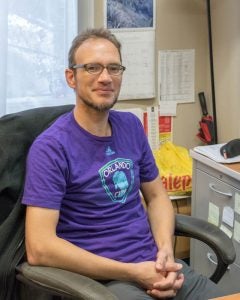
These objects matter because they don’t act as expected, Fernandez says. He, Harrington Pinto, and Schambeau will be helping analyze the data from the telescope, and they are looking for certain gases vaporizing off the Centaurs. By comparing the gas signatures of the centaurs with those of known comets in the inner solar system, they hope to understand why these centaurs are acting so much like comets. The gases they are most interested in are carbon monoxide and carbon dioxide along with water. The relative amounts of these gases can help answer key questions about the structure and composition of comets and about how the planets in our solar system first formed.
Studying comets and Centaurs is really all about studying our solar system’s origins, and JWST will make a huge difference in our efforts, Fernandez says. The telescope is so much larger and more sensitive than anything we have now, that our team’s work would not be possible otherwise, he said.
For Harrington Pinto the project is essential to successfully completing her Ph.D. dissertation and graduating by December 2022. Her goal — to continue to conduct research and unravel new scientific mysteries.
“Science is a philosophy of learning,” she says. “It’s not just about solving problems. It’s acquiring knowledge from our exploration that can help us here on Earth. People don’t realize that a lot of the technology we develop for space, can help us solve problems here on Earth too.”
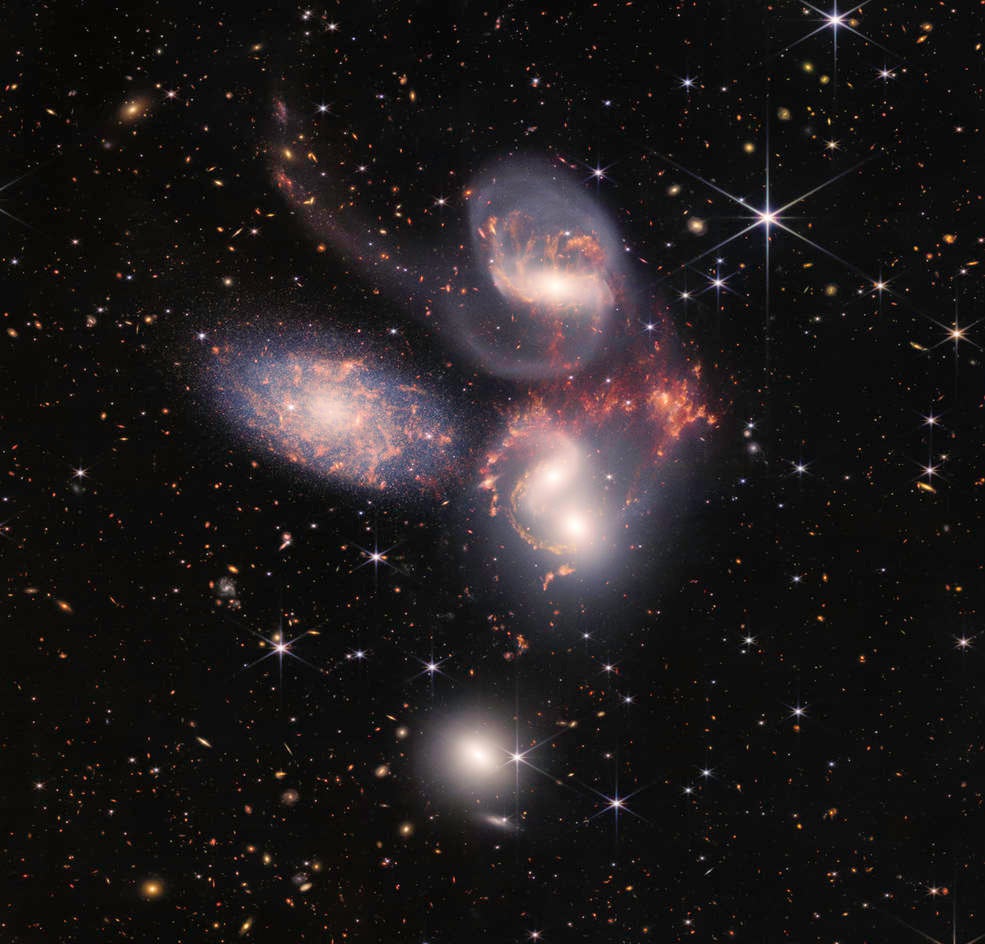
DiSCo Party Beyond Neptune

Noemi Pinilla Alonso, a planetary scientist at UCF-based FSI leads a team of researchers who will be exploring 59 trans-Neptunian objects (TNOs). The observing windows for these TNOs will open early in the fall and extend up to July 2023. These objects found past Neptune are believed to include some of the most primitive and unprocessed material in the solar system and preserve evidence of the how the solar system first formed. The TNOs have been studied with ground-based telescopes for years, but the available technology is at its limits.
The Near Infrared Spectrograph on the telescope will be able to provide high-quality data, even in its low resolving power mode, that will surpass the quality of the data available from Earth by a magnitude of 10, according to postdoctoral scholar Ana Carolina De Souza Feliciano, who is writing code that will analyze the data. The goal of the project is to assess the relative ratio of water ice, complex organics, silicates, and volatiles on the surface of a large sample of TNOs.
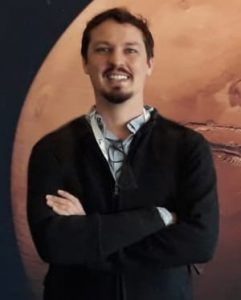
“This information is vital to improving models of the formation of our solar system and other planetary systems and relates to disciplines such as astrochemistry, cosmochemistry, and astrobiology, being relevant to our understanding of the origin of water and life on Earth and possibly elsewhere,” De Souza Feliciano says. “It is super exciting because for the first time ever we will have the chance to see the signatures of components that wouldn’t be detectable before. At this point, I can’t wait to see the data.”
The project is nicknamed DiSCo, because its full name is a mouthful: Discovering the Composition of the tTans-Neptunian Objects, icy Embryos for Planet Formation.
“My countdown to the release of JWST science data has been a succession of hackathons and virtual meetings,” Pinilla Alonso says. “Early this month, I will be able to lay my eyes on some data and start working on the analysis. This is going to be very revealing and I’m wearing down my fingernails in anticipation.”
Other members of this science team include assistant scientists at FSI Mário De Prá and Schambeau and graduate student Brittany Harvison, from UCF’s Department of Physics.
Psyche Bound
UCF alumna Stephanie Jarmak PhD ’20PhD will be using the JWST to look for water on the asteroid Psyche, located between Mars and Jupiter. It’s the same target of a NASA mission scheduled to launch from Kennedy Space Center in August.
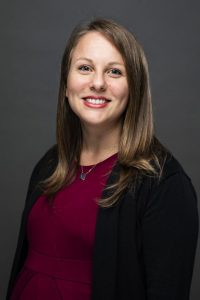
“Our planned observations will provide high-resolution spectra in a wavelength range inaccessible to the Psyche mission spacecraft,” says Jarmak who is a postdoctoral scientist at the Southwest Research Institute in Texas. “Our ability to characterize various compositional features across Psyche’s surface will provide key context for Psyche mission observations. In particular, the main goal of our program is to unambiguously identify the presence of water or hydroxyl on Psyche to constrain Psyche’s possible formation and impact history, and these observations will provide critical context for not only the upcoming Psyche mission but also the interpretation of hydration features observed on asteroids in general.”
The asteroid holds special interest because it appears to be the exposed nickel-iron core of an early planet.
“Deep within rocky, terrestrial planets — including Earth — scientists infer the presence of metallic cores, but these lie unreachably far below the planets’ rocky mantles and crusts. Because we cannot see or measure Earth’s core directly, Psyche offers a unique window into the violent history of collisions and accretion that created terrestrial planets,” according to the Psyche Mission website.
The JWST will offer rich data ahead of the spacecraft’s arrival at the asteroid in 2026. Jarmak, who worked on experiments that have flown on Blue Origin and Virgin Galactic spacecraft, is thrilled to have the opportunity to get an early peak and what it could mean for our understanding of asteroids.
“The sensitivity and spectral resolution available with the JWST in infrared wavelength ranges will revolutionize the study of hydrated materials on Solar System bodies,” Jarmak says.
Zoe Landsman, a scientist at FSI is a co-investigator on the project. The first telescope viewing time is planned in early 2023 and a second opportunity between December 2023 and December 2024.
Pluto and one of its Five Moons, Charon
Pinilla Alonso and de Souza Feliciano are also part of a team looking at Pluto and Charon, one of its moons. Emmanuel Lellouch an astronomer from the Observatory of Paris is leading the mission. There are also collaborators at NASA and the Space Telescope Science Institute.
The research team will use the telescope to gather data to address questions about Pluto’s climate evolution, the atmosphere’s chemistry, and energy balance as well as the thermal and compositional properties of Pluto and Charon’s surfaces.
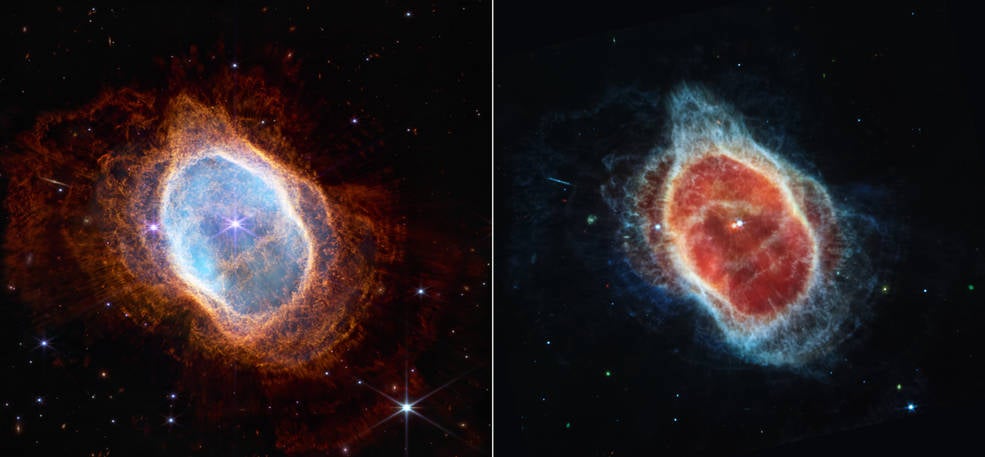
Ariel and Uranus’ Other Moons: Umbriel, Titania and Oberon
UCF’s Pinilla Alonso is also part of the team looking at Uranus’ moons. Planetary astronomy researcher Richard Cartwright at the SETI Institute is leading the project. Collaborators include scientists at NASA, the Lowell Observatory and Jet Propulsion Laboratory in California. The team aims to investigate materials on Uranus moons, which could indicate they once supported oceans. The researchers will look for spectral evidence of ocean activity and will characterize the organic material on their surfaces. The information should give the team information to assess how the moons formed within the Uranian sub-nebula.
